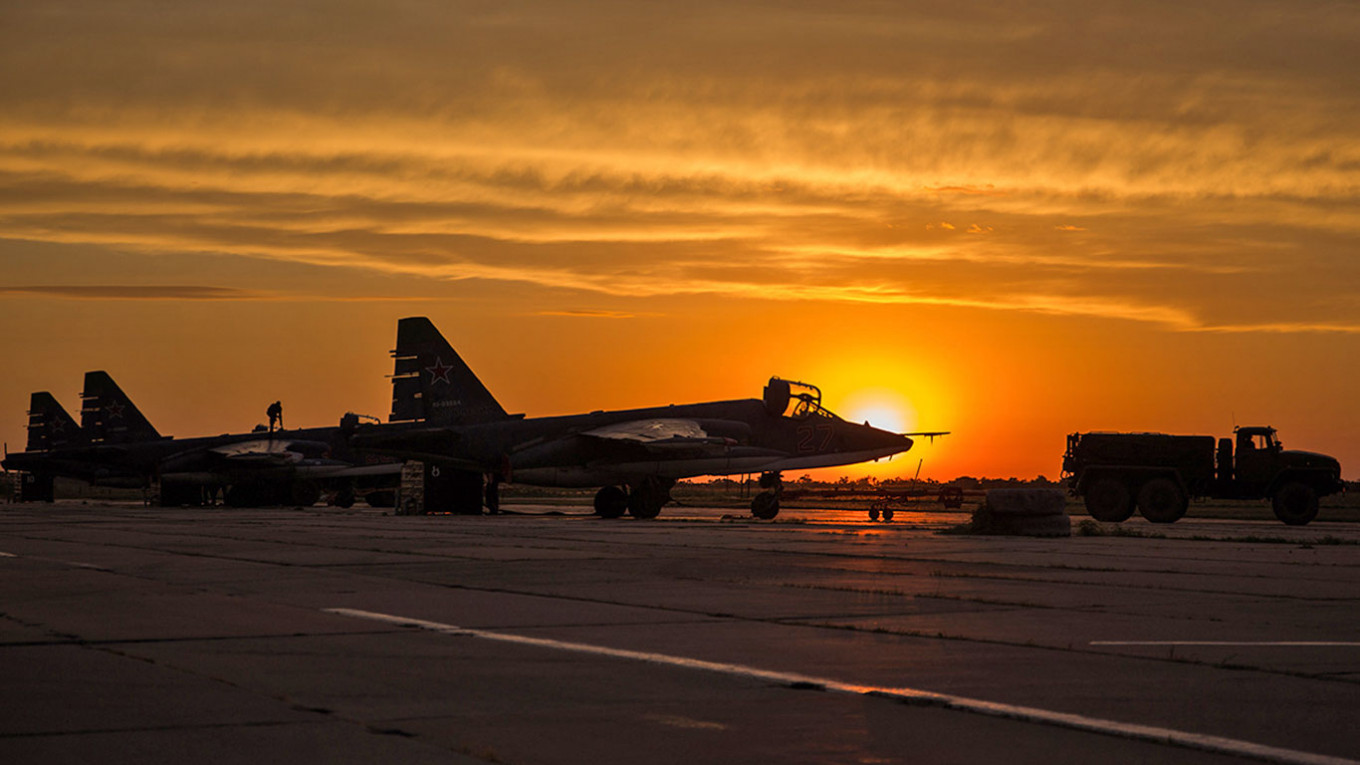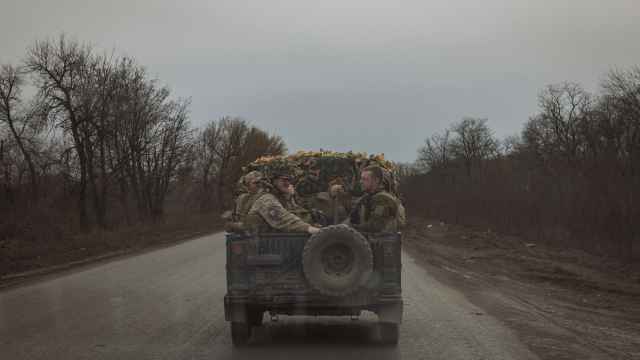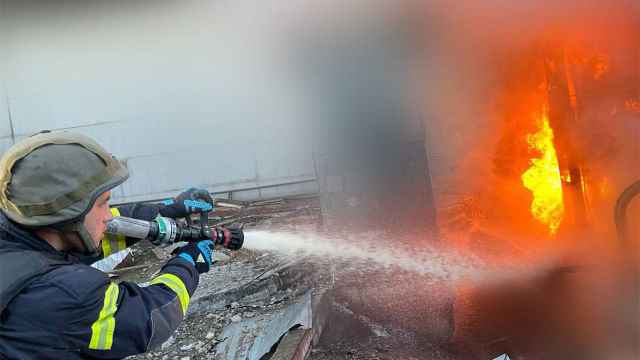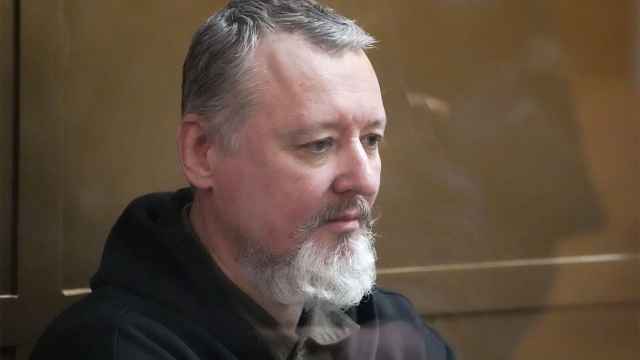A spate of airstrikes by Russian combat jets in eastern Ukraine last week was a sign that Russia’s Air Force may be changing tack after failing to achieve aerial superiority over Ukraine, analysts told The Moscow Times.
Russian pilots have largely taken a risk-averse approach to air combat in the two-month war, choosing to attack ground targets inside Ukraine with long-range missiles rather than making themselves vulnerable to anti-aircraft missile systems with long flights over enemy territory.
But with depleting stocks of high-precision missiles, infantry shortages and the pressure of the Kremlin’s demands for success in eastern Ukraine, Russia looks likely to rely more heavily on air strikes in the weeks to come.
“Russia has been really conservative with its use of tactical aviation in the conflict, so I think we’re at a point now where they are taking a different approach,” Dara Masicott, a senior policy researcher at the U.S.-based Rand Corporation, told The Moscow Times.
Despite predictions Russia would be able to overwhelm Ukraine’s much smaller Air Force and achieve air superiority early on in the war, the expected air blitz never materialized. This failure has apparently reduced Russia’s capacity to conduct sophisticated military maneuvers, left key ground operations unsupported and resulted in heavy losses.
Even though Russia’s fixed-wing combat aircraft fleet was 15 times the size of Ukraine’s at the start of the war, Ukrainian aircraft are still flying sorties.
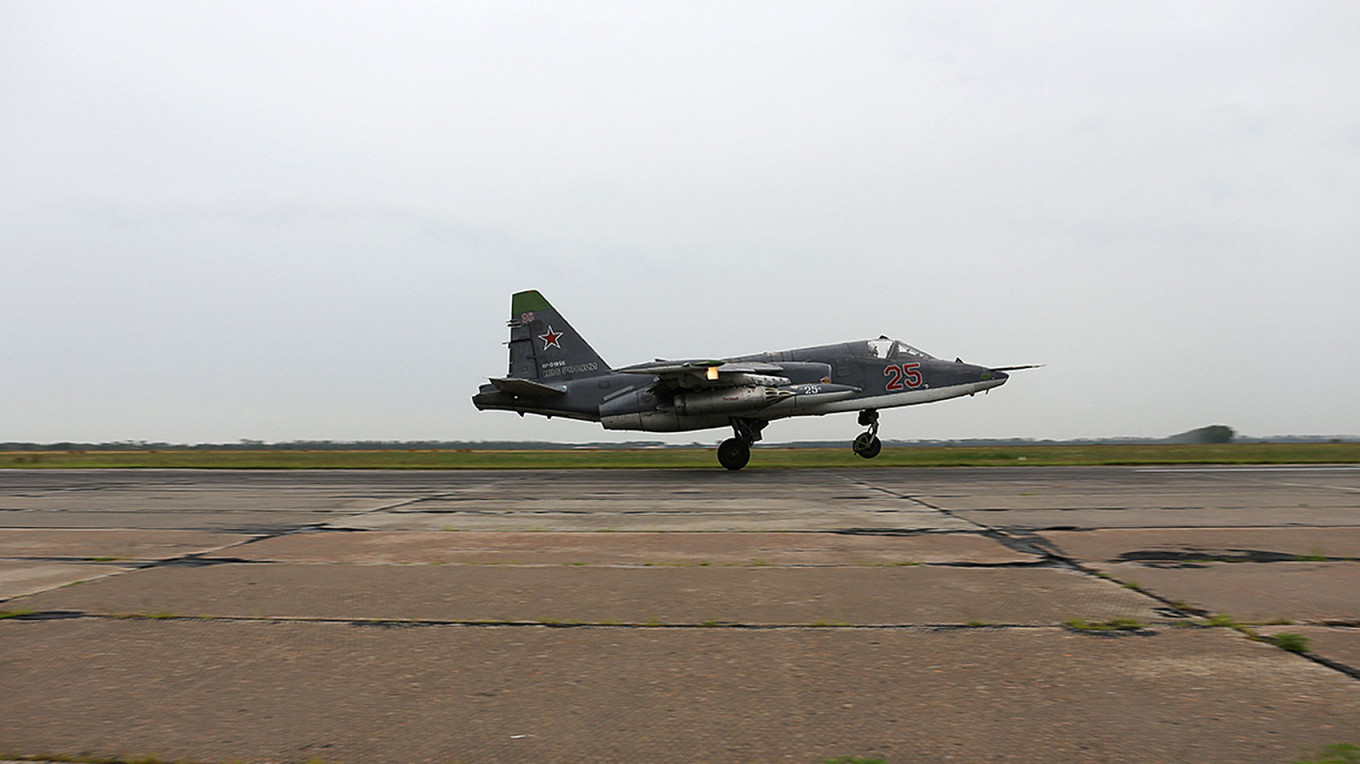
“Fighter, bomber and assault aircraft of the [Ukrainian] air forces continue to perform tasks in the airspace of Ukraine,” the Ukrainian Defense Ministry said in a statement last week.
Russia’s failure to cripple Ukrainian air power can be attributed to a lack of organization and operational-level incompetency, according to analysts.
“At an individual pilot level, the Russians aren't as good as we thought,” said Robert Bell, a former NATO official and professor at Georgia Tech Institute.
To destroy enemy assets and establish air superiority, an air force needs to be able to mount complex air operations involving many planes, analysts said. Instead, Russian jets have generally been seen in groups no larger than two, flying at low altitudes and at night.
Having retreated from northern Ukraine last month following a bungled attempt to capture Kyiv, Russian forces have been concentrated along a 300-mile front in Ukraine’s east.
Fighting along one axis of advance typically makes air operations simpler to coordinate.
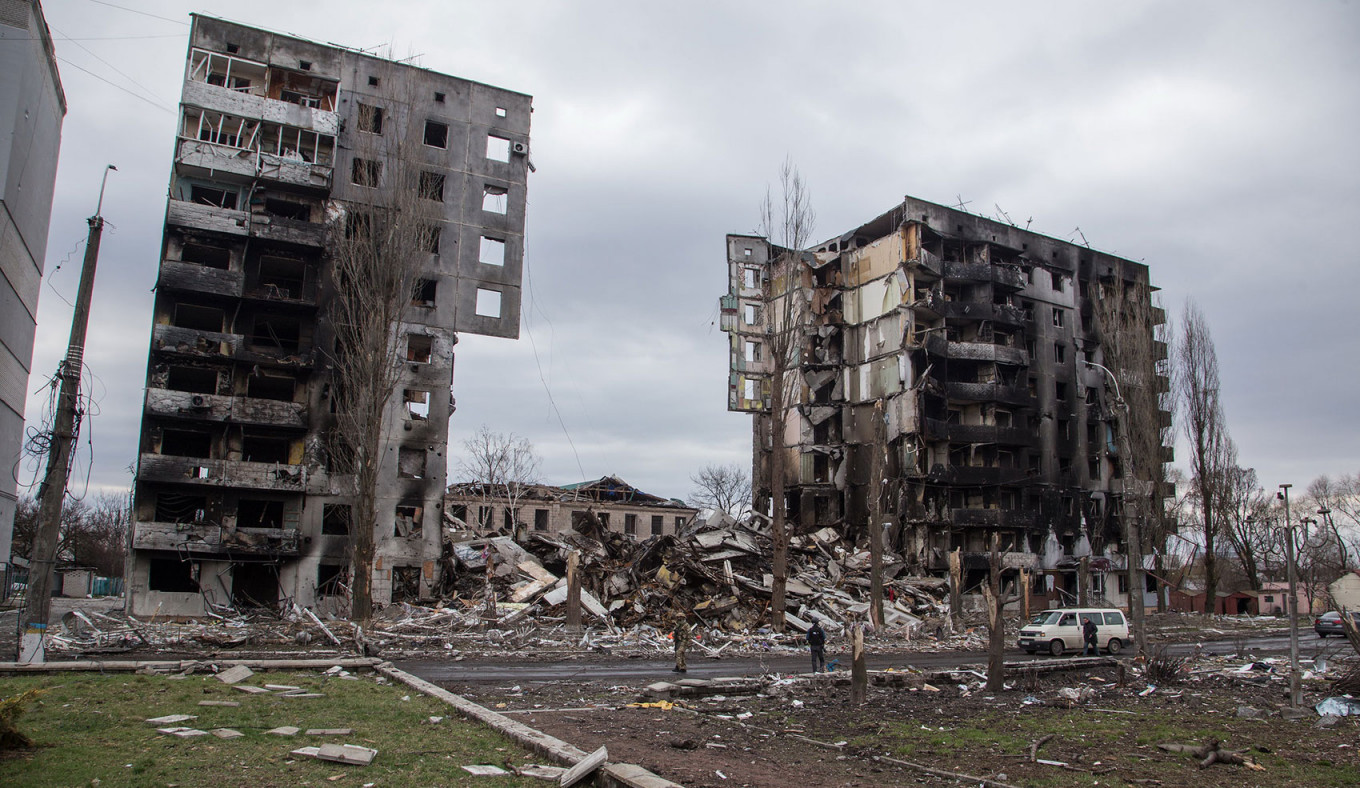
Russian air sorties are up over 150%, to about 300 a day, since the shift to the east, according to Sam Cranny-Evans, a military analyst at Britain’s Royal United Services Institute think tank.
Signs of Russia ramping up its air operations include air raids on the badly damaged port city of Mariupol and recent attacks on the northeastern city of Kharkhiv. Footage released Tuesday by the Russian Defense Ministry showed a low-flying SU-24m bomber dropping unguided missiles – also known as ‘dumb bombs’ for their lack of precision – in an unspecified area, likely eastern Ukraine.
Many videos recorded by local residents have emerged online of Russian jets operating at low altitude over eastern Ukraine’s Donbas region.
But these operations are still much rarer than many expected and remain limited to areas close to air space controlled by Russia.
One explanation for Russian caution may be the large quantity of short-range air defense missiles supplied to Ukrainian forces by Western countries since the start of the invasion.
“The Russians may remember their experience in Afghanistan, where the Stinger [missile] denied them dominance in the air,” James Lewis, an analyst at the Strategic and International Studies Institute in Washington, told The Moscow Times.
The Ukrainians have destroyed at least 26 Russian combat aircraft and 39 helicopters since the beginning of the invasion, according to Oryx, an intelligence blog that tracks Russia's military losses using open source analysis.
While shooting down Russian aircraft may be critical for Ukrainian morale, these losses actually do little to reduce Russian capability.
In addition to hundreds of fighter aircraft, including the new Sukhoi SU-57 stealth fighter jet, Russia has over 122 SU-34 bombers and 360 attack helicopters capable of carrying anti-aircraft and anti-tank missiles, according to a report by the Center for Naval Analysis.
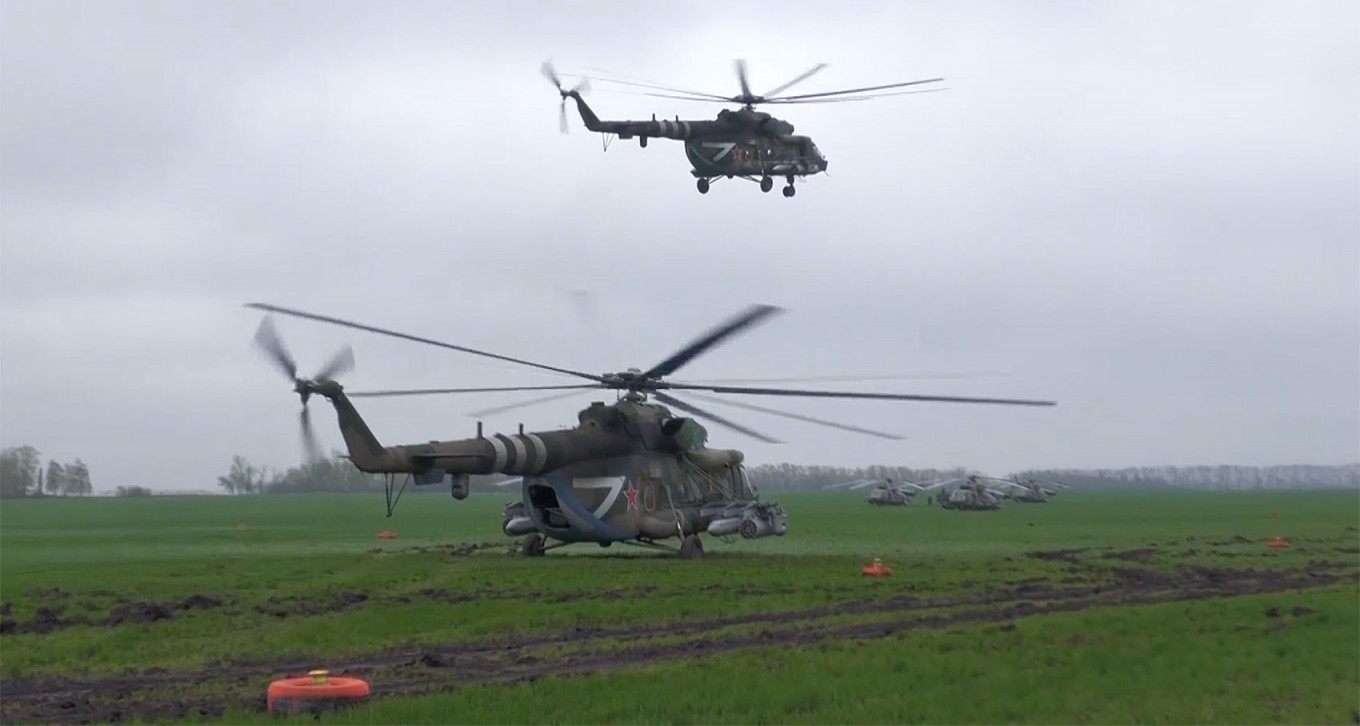
"The Russian Air Force is one of the most powerful, high-tech and maneuverable components of the modern Russian army,” Russian President Vladimir Putin boasted last November at a meeting with military commanders and defense industry executives.
Quite why Russia has held much of its air power in reserve is unclear, with some analysts suggesting it is to preserve aircraft in the event of a wider escalation with NATO.
A U.S. defense official described Russia’s offensive in the Donbas as “very tepid” Monday, suggesting Russia was being “risk averse” in an attempt to minimize losses.
But, as Russia’s stocks of high-precision munitions dwindle, its Air Force will likely need to adopt more aggressive tactics and use more unguided missiles. This will require pilots to get closer to their targets and take more risks with Ukraine’s anti-aircraft defense systems.
The reported new commander of Russia’s military operation in Ukraine, Alexander Dvornikov, was nicknamed the “butcher of Syria” for authorizing just such an approach in civilian areas of the Middle Eastern country during the Russian military intervention to prop up the regime of Bashar Assad.
“The approach you’re going to see is the approach you saw in Syria, where the majority of weapons were unguided,” analyst Massicot predicted.
That will likely mean not only more civilian deaths, but an increased attrition rate for the Russian Air Force and greater destruction on the ground.
“You’re going to have a lot more cities that look like Mariupol,” Massicot said.
A Message from The Moscow Times:
Dear readers,
We are facing unprecedented challenges. Russia's Prosecutor General's Office has designated The Moscow Times as an "undesirable" organization, criminalizing our work and putting our staff at risk of prosecution. This follows our earlier unjust labeling as a "foreign agent."
These actions are direct attempts to silence independent journalism in Russia. The authorities claim our work "discredits the decisions of the Russian leadership." We see things differently: we strive to provide accurate, unbiased reporting on Russia.
We, the journalists of The Moscow Times, refuse to be silenced. But to continue our work, we need your help.
Your support, no matter how small, makes a world of difference. If you can, please support us monthly starting from just $2. It's quick to set up, and every contribution makes a significant impact.
By supporting The Moscow Times, you're defending open, independent journalism in the face of repression. Thank you for standing with us.
Remind me later.



